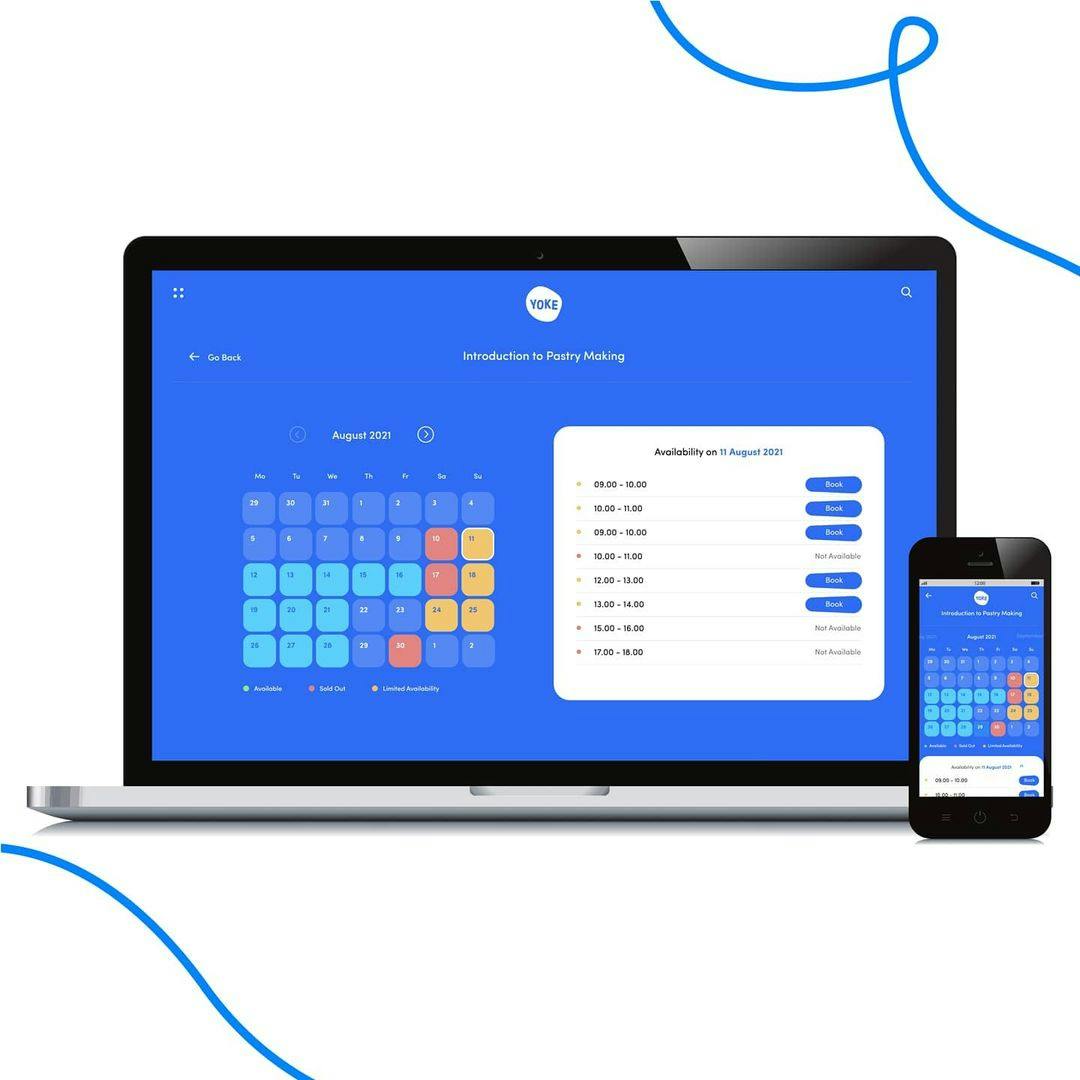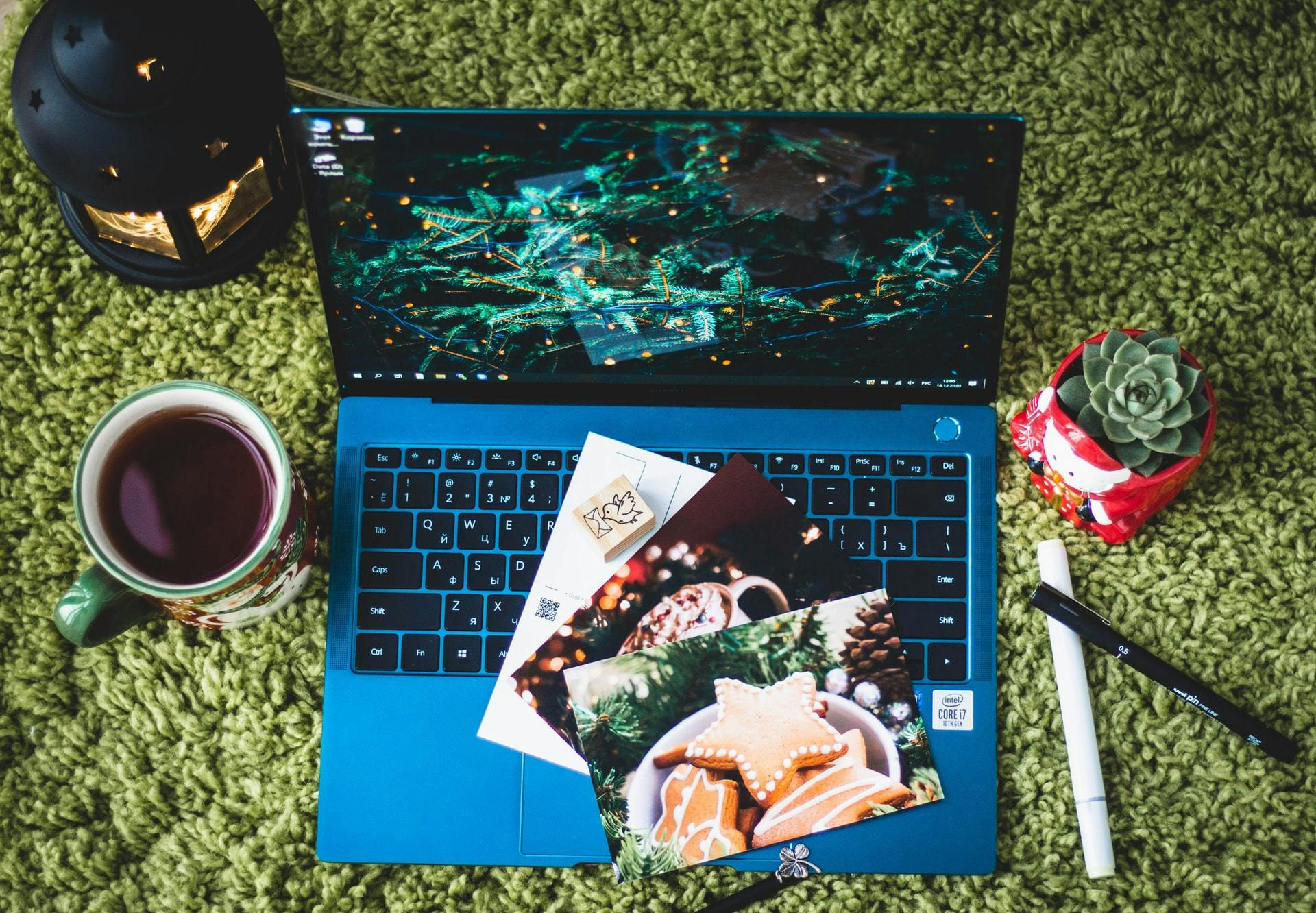
Seven Ways to Stay Connected in an Online World
Published: Wednesday, 3rd May 2021 | By: Adam Halawi
It's no secret that we are all living in an online world now, and the digital age has changed how we work and live. There are many benefits to this, but there is also a downside. It's easy to get lost in the virtual world with all of its distractions and temptations.
With COVID-19 still looming, many of us are still struggling to get outside the home and, unfortunately, are stuck in our own worlds. This has created an environment where there are no boundaries between work time or home time, which has increased the demand on our mental health. And of course, many of us are spending all of our time online and stuck in front of the computer. Unfortunately, this can often lead to fatigue and burnout because of the lack of separation between our work lives and personal lives.
So, with so many people asking, “How to separate my work and personal life?” In this blog post, we will discuss tips that will help you stay connected without burning out!
1: Split working and non-working time effectively
Sometimes, it's hard to tell where your work time stops and non-work time starts. It can’t be easy because of how interconnected everything has become in today's society, especially in a post-Covid world where many people work online.
To stay connected without burning out, we recommend that you put a clear boundary between when you are working and when you are not. When working, be fully present and do your best to get everything done as quickly as possible, especially between client or student calls so that when it is time for a break or the end of the day, you can relax without guilt or shame.
Where possible, we recommend setting aside an hour before lunch where you will answer emails and make phone calls, but other than that when you are not on client calls, try and work in bursts of no more than 30 minutes at a time. A well known technique to help manage these work bursts is the Pomodoro Technique which limits focus work on a particular subject, be that admin tasks, design, or whatever to 25 mins with little to no distraction. The technique also has recommendations for what to do should there be a distraction; a phone call, an email; and how to get back to the task in hand with the time you have got. If you like this technique, there are also lots of tools to go with it, for example tomato timers for a precise 25 mins - pomodoro is of course Italian for tomato!

Photo by Priscilla Du Preez on Unsplash
As soon as your end of day comes, make it just that. Close down your computer, turn your work phone off (if you have one) and take a few moments to take a break. There’s been a rise in the fake commute to really split your office from your home life. But what is a fake commute?
2: Grab a coffee on the way to work
We have heard people swear by the fake commute in so much that it really provides a clear definition and distinction to the day. Pre-Covid, you might have enjoyed (or maybe loathed) the daily crunch to the station, the buzz of the coffee grinder in your favourite caffeine peddler, the hum and rhythm of the city as people come and go as well as the after work gym session / pint / stroll / family dinner and the order and process of getting ready to go to the office or leave for home helped to define the day. However with working from the sofa a real thing for millions the walk down the corridor just doesn’t cut it; enter the fake commute. In simple terms people are getting ready and doing all the things they used to do pre-Covid, including leaving their house, perhaps for a walk or a cycle and then going in a long circle back to their front door again before repeating it over at the end of the day. So far, so weird? But actually, as a technique to define work time and personal time, so effective! So do try it out.

Photo by Mikel Parera on Unsplash
3: Practice mindfulness to manage your mental state
Mindfulness is important because it helps you stay in the present, which can help with anxiety and depression and increase your sense of self-awareness. The key to practicing mindfulness is paying attention to your thoughts one at a time without judging them or trying to push them away.
It also requires that we don't focus on only negative things but let go of past experiences as well so they do not affect our future negatively.
We do this by focusing on our breath and what it feels like as we inhale and exhale. When we are mindful, the negative thoughts will come but then pass without judgment or fear of them coming back. It's a technique that can be practiced anywhere at any time during the day, especially between clients and (for next level time management) even linked to the pomodoro technique for 25 minute work blasts and 5 minute mindfulness sessions. The key is doing what feels right for mindfulness rather than trying to force the thing. It can also help with problem solving too with a clear mind able to work on a problem in the background while you take time to decompress.
4: Be available at peak energy times and for your clients
It's important to be available at your peak energy times of the day, so you can provide the best service possible for your clients. Only you will know when is the best time to work for you. Maybe you are a morning person and like to have everything wrapped up as soon as possible; maybe you like to start later and get a gym session in first; maybe evenings and nights suit you better.
Whatever it is, it’s also important to be flexible with your clients or students as well, making sure they always get their needs met, even if it means working in a time zone other than yours or being unavailable during particular hours. It all depends on what works best for you and your business. But how do you find a meeting time that works for everyone?
5: Use an online calendar like Yoke to highlight your availability
One of the key features of Yoke is the online calendar. This links to all the sessions you have added to the system, as well as your availability tools, and allows you to share your current availability with clients in a visual way and interactive way, which means they can choose the times that suit both you and them best. This helps simplify the booking process and ensures that you are always available when they need you and at times that is convenient for them without the needs for lots of negotiation time.

If, for instance, you're not available on a regular day or want to offer sessions on an off day, you can always adjust your time slots and availability. You also have the option of going "out of office" on Yoke for a specific period of time if, for example, you're on vacation or need a breather. This will ensure your clients know when you're unavailable, so they don't book sessions with you at those times.
6: Get writing
It's important to stay close to your family and friends, even if you're not with them every day. With Covid, it's become difficult to meet people regularly, especially during lockdowns. Even with the rise of email, text messages, phone calls, video chat, etc., there's nothing quite like a letter, postcard or even a small gift in your mailbox from someone who is thinking about you.
An easy way to stay connected is by sending them some love on Covid! For instance, Morrison’s are launching half a million free postcards to tackle loneliness and spread positivity as lockdown eases but even if you don’t have children, or aren't a Morrision’s customer, getting some postcards (bought from your nearest stationer or newsagent), or a hand written letter out to loved ones is a great and very personal way to connect as well as an opportunity for you to take some time to really think deeply about what you want to say as well as get away from “the screen”, and no doubt the receiver, once they have got over the surprise and joy of receiving will return the favour. So take this opportunity to connect on a different level.

Photo by Ksenia Yakovleva on Unsplash
7: Take up a hobby
Another way to stay connected is by taking up a hobby. Hobbies such as going on a walk, jigsaws, or even using adult colouring books can be great if you cannot meet up with friends or family in person and don’t need too much preparation. For the more adventurous there are plenty of more strenuous activities you can do, for example DIY to spruce up the house, or running whatever distance you can.
You should also consider reading self-help books. These books can help you become the best version of yourself in a way that you never thought possible. Such activities are a great way to blow off some steam and re-energize yourself. They also ensure you're not spending too much time in front of the screen. We’d recommend books like The Subtle Art of Not Giving A Fuck as a good starting point.
Final Thoughts
There you go: seven actionable tips on how to stay connected in an online world. Hopefully, your clients will see a difference as you become more focused and less scattered from these simple changes. At the end of the day, you need to prioritize yourself and your mental health. It's crucial to take a break and enjoy yourself. Remember, it's all about balance!

Photo by Dewang Gupta on Unsplash
Thanks to all the great photographers found via Unsplash